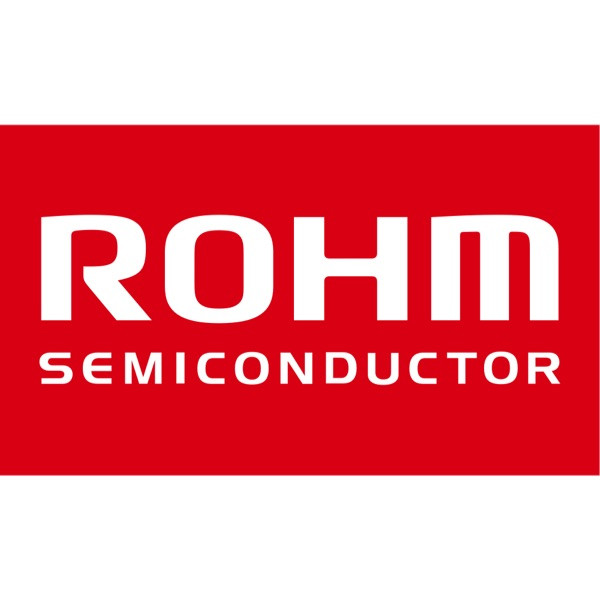New compact PFC and flyback control reference design for power
22-08-2025 | ROHM Semiconductor | Power
ROHM's new reference design (REF67004) is capable of controlling two commonly used power converter types in consumer and industrial power supply applications by employing a single MCU: critical conduction mode PFC and quasi-resonant flyback. This is part of its LogiCoA Power Supply Solution, which employs analogue-digital hybrid control technology. It combines an analogue-controlled power stage circuit featuring the company's superior silicon MOSFETs and gate driver ICs with a digitally managed power supply circuit built around the low-power LogiCoA MCU.
Analogue-controlled power supplies are widely employed in small to medium-power industrial applications, such as industrial robots and semiconductor manufacturing equipment. However, growing demands for higher reliability and more precise control have made it increasingly difficult for analogue-only configurations to satisfy market expectations. On the other hand, while fully digital power supplies deliver fine control and greater flexibility, their adoption in the small to medium power range has been restricted due to the high cost and power consumption of digital controllers.
To overcome these challenges, the company has developed the LogiCoA Power Supply Solution, a hybrid approach that incorporates the advantages of analogue and digital control. Combined with its high-performance, the low-power LogiCoA MCUs allow easy control of various power topologies. As the first step, the company has released the REF66009 evaluation reference design, enabling users to explore the solution using a non-isolated buck converter circuit. The launch of the REF67004 followed this, a reference design incorporating PFC and flyback converters – topologies typically used in consumer and industrial equipment.
The newly introduced REF67004 is a reference design that boosts AC input using a critical conduction mode PFC converter, followed by a quasi-resonant flyback converter to provide a regulated DC 24V output. Features include a calibration function that compensates for variations in the external component characteristics, enabling the MCU to perform high-precision voltage configuration and overcurrent protection. This permits for reduced design margins, making it possible to select more compact (low-power) power devices and inductors, ultimately helping to minimise PCB area and lower overall system costs.
The REF67004 also includes a logging function that allows the LogiCoA MCU to store operational data, such as input/output voltage, current, temperature, pre-shutdown system status, and cumulative operating time, in its built-in non-volatile memory. This data can be analysed to identify the root cause of power supply failures easily. On top, various power control parameters and operational history can be easily configured and retrieved from a PC via UART (with a signal conversion device) using sample programs, including the RMOS power control OS, available on the company's website. Practical evaluation is possible through the use of the reference design board LogiCoA003-EVK-001.



